Life

Educators and Parents, Sign Up for The Cheat Sheet
Weekly updates to help you use Science News Explores in the learning environment
Thank you for signing up!
There was a problem signing you up.
-
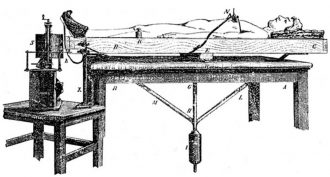 Brain
BrainThe weight of thought
Thinking heavy thoughts? Scientists have just put people on a balance and shown that the brain briefly gains blood — becoming a bit heavier — while concentrating.
-
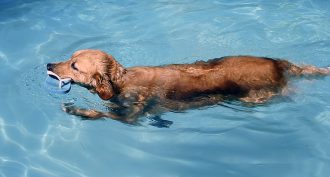 Animals
AnimalsDissecting the dog paddle
Scientists occasionally describe the dog paddle as a “trot,” but that’s not right. When dogs swim, their complicated leg motions look more like a frantic run.
-
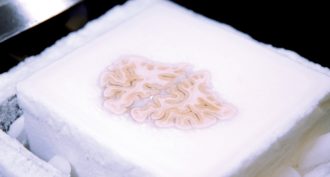 Brain
BrainMemory lessons from a forgetful brain
Scientists have just begun probing the preserved tissue from “H.M.” Even five years after he died, this man’s brain continues to offer lessons on how people make — or fail to make — memories.
-
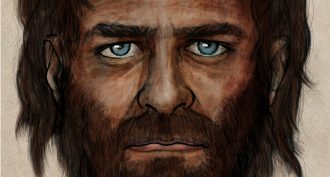 Genetics
GeneticsBlue eyes in the Stone Age
Genes from an ancient skeleton suggest that dark-skinned people may have been the first to evolve blue eyes.
-
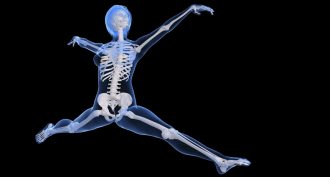 Health & Medicine
Health & MedicineBones: They’re alive!
This hard tissue is more than just a quiet scaffold for your organs and protective helmet for your head. It’s active and ‘chatty,’ influencing other tissues.
By Kirsten Weir -
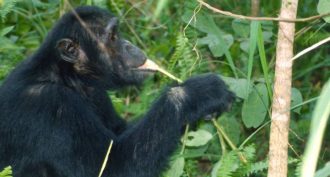 Animals
AnimalsWild medicine
Few veterinarians are available to treat sick animals in their natural environment. Fortunately, some critters can doctor themselves.
-
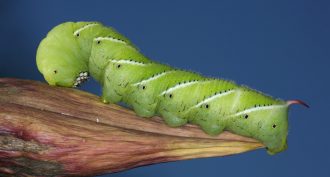 Animals
AnimalsThe bad-breath defense
The nicotine in tobacco that poisons some creatures can also act as a chemical defense — at least for some caterpillars. The bad breath it gives these insects repels natural predators, such as spiders.
-
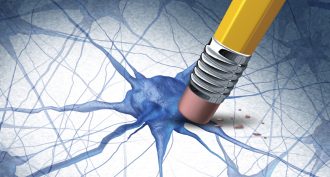 Brain
BrainErasing memories
Electroconvulsive therapy is used to treat severe depression, but the electrical jolt it sends into the brain also may erase bad memories.
-
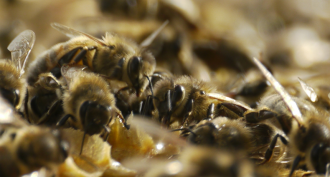 Animals
AnimalsWhy are bees vanishing?
Scientists find evidence that pesticides, disease and other threats are devastating bees. And that could hurt farmers big time.
-
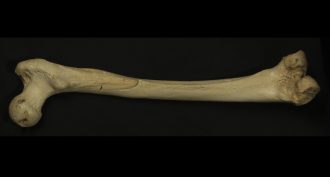 Genetics
GeneticsAncient DNA sparks new mystery
DNA from a 400,000-year-old leg bone found in Spain is by far the oldest recovered from pre-human ancestors. It also shows an unexpected link to later, Asian ‘kin.’
-
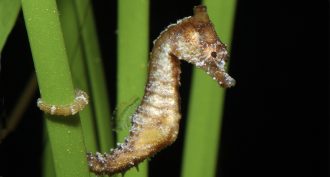 Animals
AnimalsHow seahorses use their heads
A dwarf seahorse’s head may look funny, but its shape allows the creature to sneak up on fast-moving prey.
-
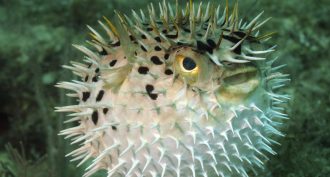 Animals
AnimalsLook ma — no stomach
Many animals can digest their meals without an acid-producing stomach. And research now shows they jettisoned those stomachs a long, long time ago.
By Susan Milius